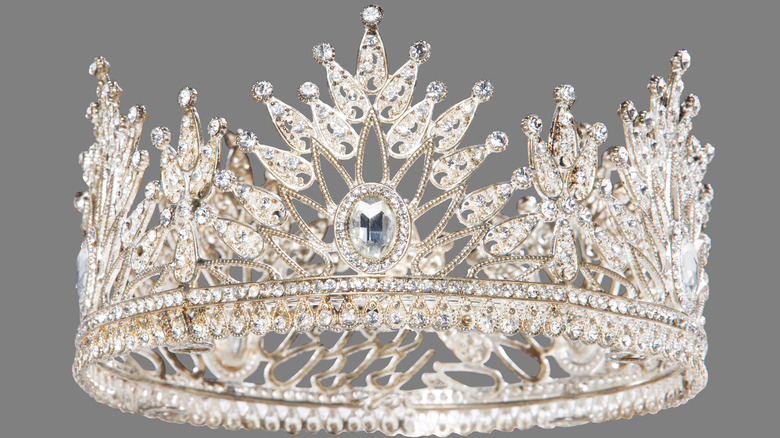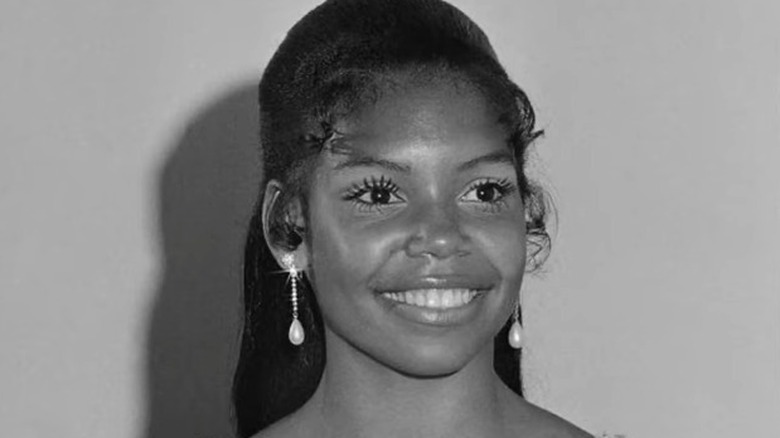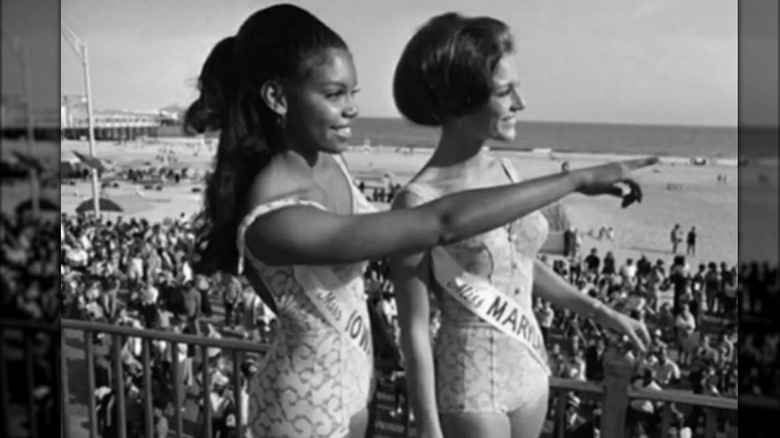Cheryl Browne: The First Black Contestant In The Miss America Pageant
The Miss America pageant dates back over a century to 1921 when, per Britannica, it was known as the Inter-City Beauty contest and consisted of nine young women who had won "popularity contests" in their hometowns. They met in Atlantic City, New Jersey during the Fall Frolic festival where they were judged on personality, appearance, and, when these both proved very popular with locals and tourists alike, a swimsuit competition. The pageant continued and became known as the Miss America Pageant. It was an established annual competition by the end of the 1940s with four competitive categories (swimsuit, evening gown, talent, and intellect and personality) and was broadcast on television for the first time in 1954, making it nationally known and enjoyed by much of the American public.
As reported by PBS, the pageant hired a woman named Lenora Slaughter in 1935 to serve as the pageant's Executive Secretary, a position she held for the next 30 years. Slaughter's role was to bring a so-called air of respectability to the pageant in an era when beauty pageants had a bit of a tawdry reputation; she herself classified her role as bringing in "a better class of contestants." In addition to requiring the minimum age of contestants to be 18, chaperoned outings while in Atlantic City, and a talent competition, Slaughter also penned what became known as "Rule Seven," which required that contestants be "in good health and of the white race."
Miss Iowa was from New York City
The Miss America Pageant consisted entire of white contestants until Cheryl Browne, 19, was crowned Miss Iowa 1970, which sent her to Atlantic City to compete for the title of Miss America. Browne was from New York City and per a 1970 article from The New York Times, was the first Black Miss Iowa as well as the first Black Miss America contestant. Born in 1950, Browne was raised in Jamaica, Queens by her West Indian father Carl, who worked as a narcotics police officer at Kennedy Airport, and her mother Mercedes, who identified as half Native American and managed the tuberculosis clinic at Triboro Hospital. Browne attended Luther College in Decorah, Iowa and represented the city in the Miss Iowa competition at which she beat out 19 other contestants, all white, to take the crown.
Browne placed first in the swimsuit competition portion of the evening and performed an original piece of ballet choreography for her talent. Browne told the Times, "I'm glad I'm Miss Iowa instead of Miss New York. I had more of a chance of being judged for myself in this part of the country. The racial issues are too intense in New York." She had gone to Luther College at the recommendation of her Lutheran minister, majored in psychology, and noted one of her extracurricular activities as cheerleading. She also said she had marched with the Black Students Union, adding, "I'm not a militant. I fall somewhere in between the Urban League and the Black Panthers," per the New York Times. Still, she helped persuade Luther College administration to start a Black Studies program.
Cheryl Browne made pageant history
Per PBS, after Cheryl Browne made history as the first Black woman to compete in the Miss America Pageant. Lencola Sullivan of Arkansas was the first to make it to the coveted Top Five in 1980. In 1983, Vanessa Williams became the first Black woman to win the title of Miss America. In a 2000 interview with the Quad-City Times, writer Shirley Davis revealed that Cheryl was now known as Cheryl Browne Hollingsworth and was married with two children, living with her family in Lithonia, Georgia.
In a phone interview, Hollingsworth said of her time as Miss Iowa, "I don't feel I personally changed the pageant, but I feel that my presence expanded people's minds and their acceptance. And, in subsequent years, they were much more open to African-American candidates." Browne, who was selected as one of the Miss America contestants to go on a USO tour of Vietnam in 1971, went on to work in banking and as of 2000 managed a First Union National Bank financial center in Atlanta.


